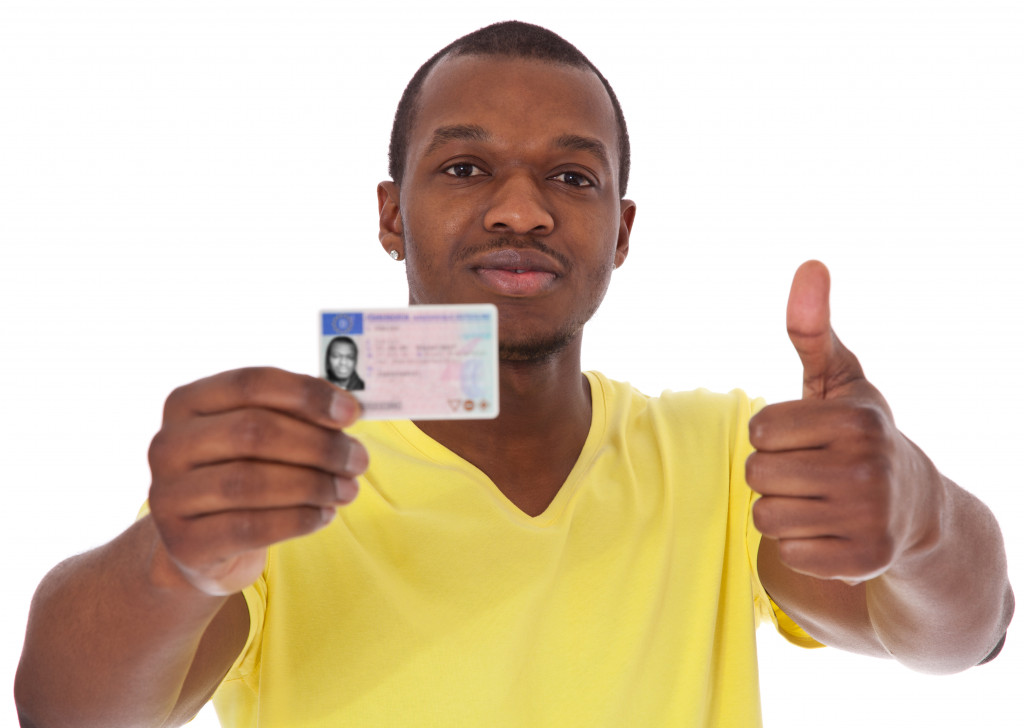- A professional driver’s license is mandatory for driving certain types of vehicles.
- Individuals must meet age requirements before obtaining a professional license and have a clean driving record.
- There are different professional license categories based on the vehicle type being operated.
- The first step in obtaining a professional license is to get a learner’s permit by passing a written exam.
- Transitioning from a learner’s permit to a professional license involves passing a rigorous road skills test.
Embarking on a career involving professional driving requires a specific license type known as a professional driver’s license. This credential is mandatory across various sectors, whether you’re driving a truck, a bus, or any vehicle requiring advanced driving skills and adherence to safety regulations. This guide is tailored for individuals poised to navigate the journey of acquiring a professional driver’s license, providing a clear pathway from where you are now to where you need to be.
Understanding the Basics of a Professional Driver’s License
A professional driver’s license is a legal authorization that extends beyond the scope of a standard driver’s license. It permits the holder to operate specialized categories of vehicles in line with their qualifications and the license’s specifications.
This requirement is not just a formality; it’s a measure put in place to ensure that anyone behind the wheel of such vehicles has demonstrated the skill and knowledge necessary for the safety of all road users.
Requirements for a Professional Driver’s License
Obtaining a professional driver’s license begins with meeting the set prerequisites. Typically, applicants must be of a certain age, often at least 18, and sometimes 21 or older, for specific vehicles or to drive interstate. Additionally, you’ll need to have a clean driving record. Major violations like driving under the influence (DUI) or reckless driving might disqualify you.
Categories of Professional Licenses

Professional driver’s licenses come in different classes or categories, each authorizing you to drive a specific type of vehicle. For instance, one category might cover commercial trucks while another permits you to operate passenger buses.
The categorization ensures that drivers have specialized training for heavy-duty or commercial vehicles, as each type requires unique skills and knowledge to operate safely.
Starting with the Fundamentals: Learner’s Permit
Before advancing to a full-fledged professional driver’s license, you must grasp the basics of driving. This foundational step involves obtaining a learner’s permit. Regardless of your driving aspirations, a learner’s permit is a universal requirement. It signifies that you understand the rules of the road and basic driving principles as assessed through a written test.
You must prepare for and pass this written examination to get a learner’s permit. The test covers general traffic regulations, road signs, and safe driving guidelines. While it might seem rudimentary, especially if you already know how to drive, respecting this step is crucial.
Preparing for the Written Test
The written test is a fundamental part of your journey; adequate preparation cannot be overlooked. Various resources are available to help you study, including the driver’s manual issued by your local Department of Motor Vehicles (DMV) or similar agency. This manual contains all the rules and regulations you must know to drive in your jurisdiction.
Additionally, online resources are available, including practice tests that simulate the format and content of the actual written test. These practice sessions are invaluable as they help you gauge your readiness and revisit any topics you struggle with.
The Role of a Learner’s Permit
Once you successfully get a learner’s permit, it’s essential to understand what you can and cannot do with it. A learner’s permit typically allows you to drive while a licensed adult driver supervises. The idea is to give you real-world experience behind the wheel, helping you practice safe driving under guidance.
This phase is crucial because it’s not just about learning how to operate a vehicle but also understanding how to interact with other road users, navigate various traffic scenarios, and respond to unexpected situations on the road.
Transitioning to a Professional Driver’s License
After gaining confidence and experience with your learner’s permit, transitioning to a professional driver’s license is the next phase. This stage is more demanding, requiring more profound expertise and understanding of safe driving practices, primarily because professional drivers often operate larger vehicles and carry passengers or goods.
Mastering the Road Skills Test

The road skills test is pivotal in obtaining your professional driver’s license. Unlike the test for your standard license, this exam is more rigorous, testing your ability to safely and effectively operate a commercial vehicle. You’ll be required to demonstrate various maneuvers, show competency in pre-trip inspections, and comply with safety regulations for your vehicle.
Applying for Your Professional License
Once you’re confident in your driving skills and have passed the road skills test, you can apply for your professional driver’s license. The application process involves several steps, including submitting the required documentation, such as proof of identity, residency, and your current learner’s permit.
The Bottomline
Attaining a professional driver’s license is a journey that requires dedication, thorough preparation, and a clear understanding of the responsibilities it entails. This comprehensive pathway equips you with the skills necessary to embark on a rewarding career and the confidence to navigate the vast opportunities it brings.




